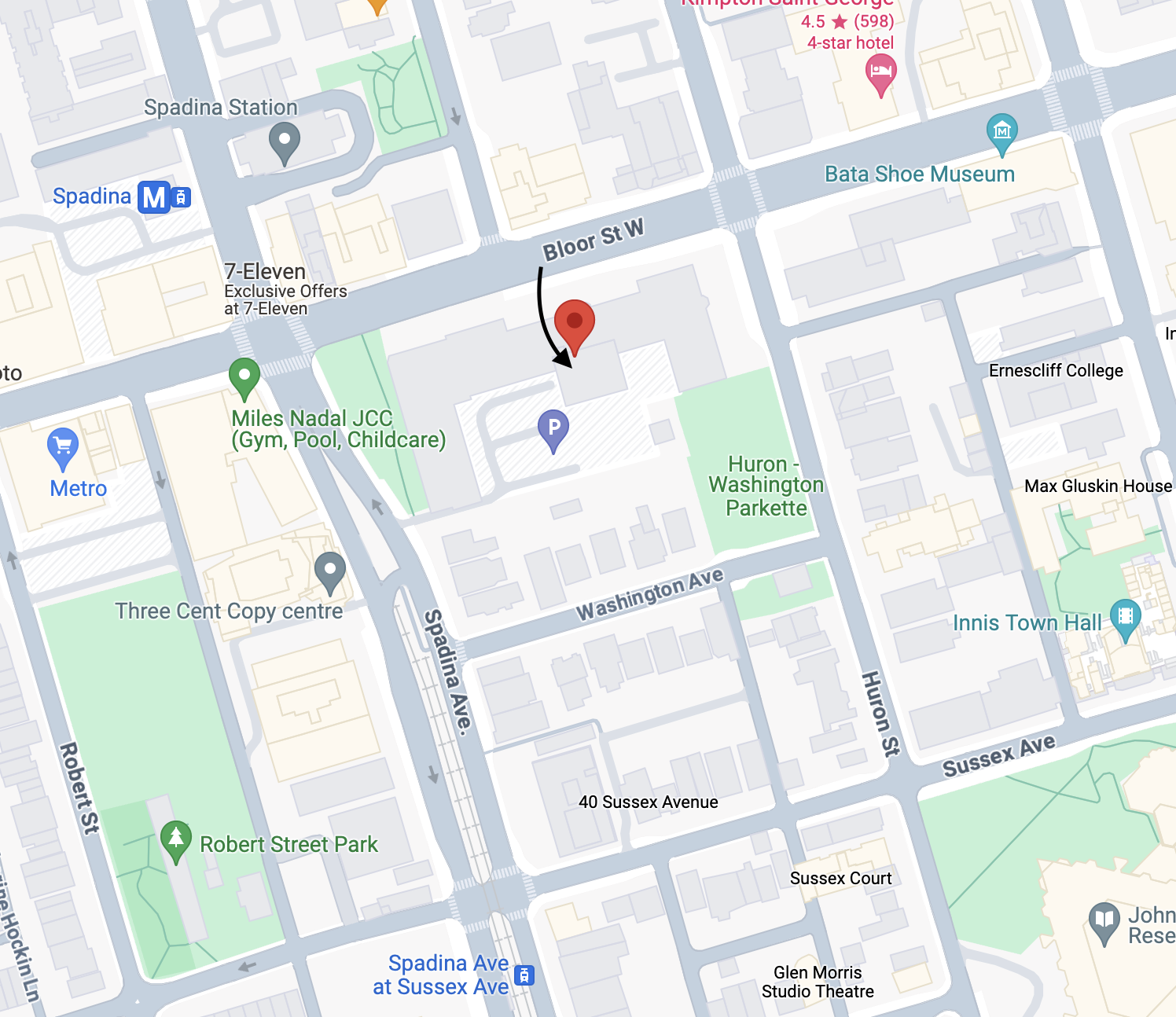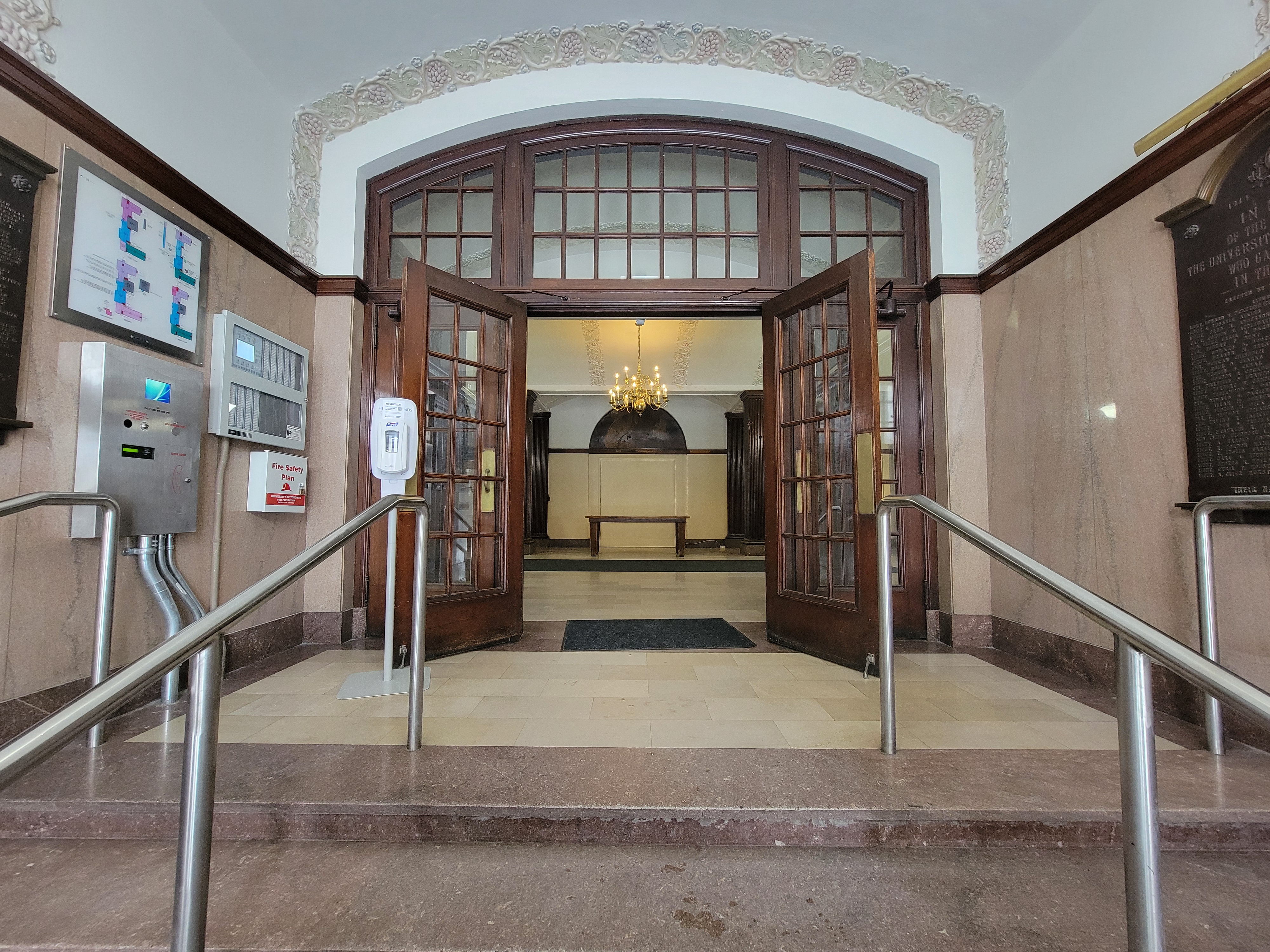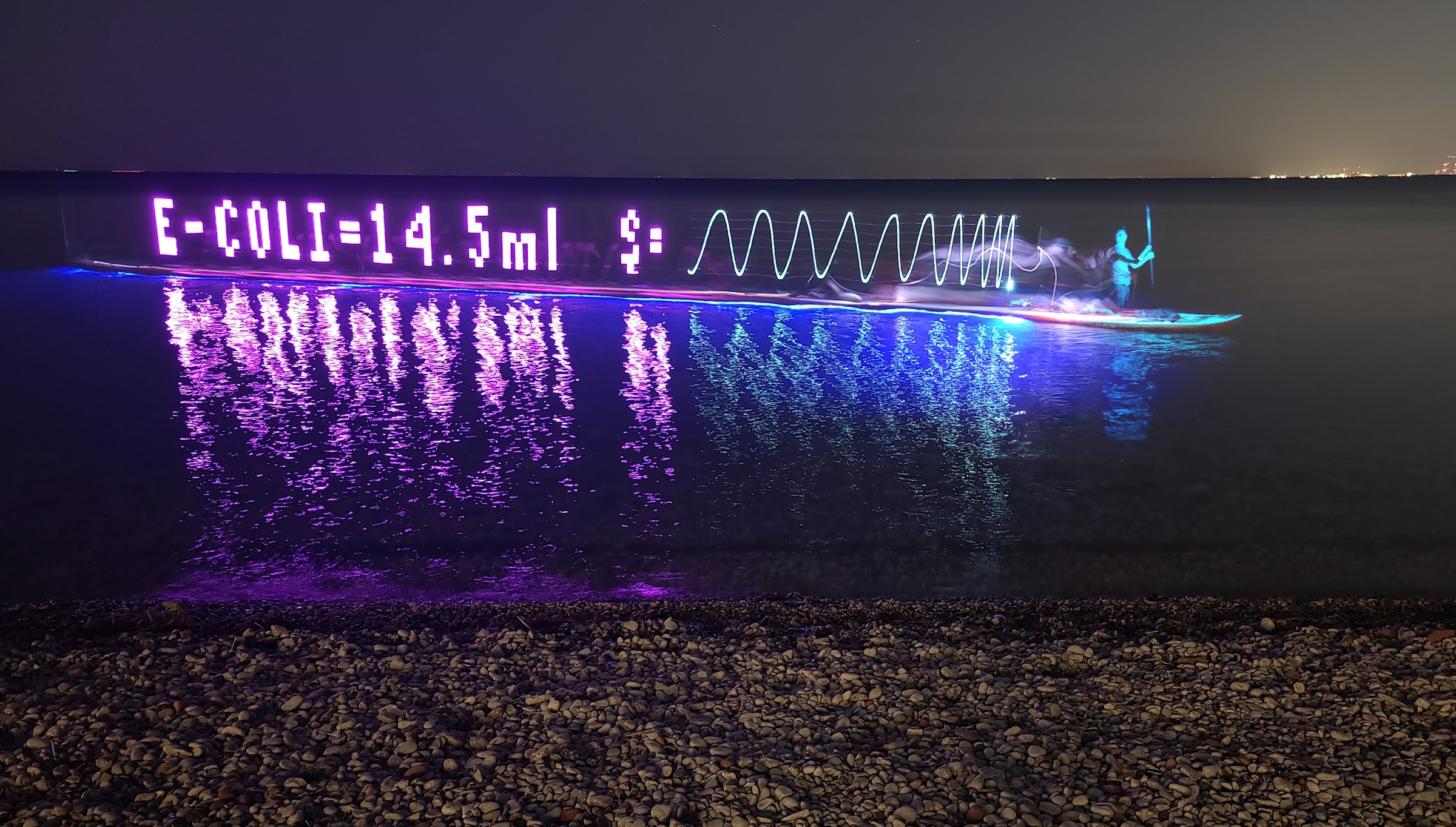2025 December 4th Symposium, 3pm to 8pm, in FE114
Join us for our December 4th Symposium, 3pm to 8pm, at 371 Bloor Street West, Toronto, ON, M5S 2R7, Canada.



Our Summer-2025 Symposium Proceedings is now published
Thank you to Steve Mann, Micheal Condry, Nishant Kumar, and many others who helped organize and participate in our Mersivity-2025 Summer Symposium at HTO Beach. Our 2025 Symposium Proceedings (link) is finally published on Zenodo.2025 Symposium - Fri. June 20, 3pm-10:41pm at HTO Beach and Sun. June 22, 2pm, at Peter Street Basin
The Solstice Safetymaking Mersivity/WaterHCI Symposium beings Fri. June 20, 3pm at HTO Beach adjoining HTO Park in downtown Toronto, followed by the Immersive Van Gogh underwater paintings / pollution monitor on Sunday June 22nd at 2pm.
Below, you can view our past event at the University of Toronto taking place March 28, 2025.
We were extremely honoured to have Professor Deepa Kundur, Chair of the Department of Electrical & Computer Engineering at the University of Toronto, attend the Symposium. You can view her Instagram post below. Thank you so much for the visit — it was lovely to be able to share our Mersivity projects with you!
It was so exciting to see so many passionate people joining us at the University of Toronto Mersivity Event to share and discuss their projects, ideas, and insights on how we can build a Sustainable Technology Society together! A huge thank you to everyone who played a part in making the event so amazing!
Enjoy the event gallery below!
Images












Videos
2025 Symposium begins Friday March 28th at BA1140 (Bahen Atrium): Save the date!
Mersivity = Sustainability + Technology + Society = a Sustainable Technology Society.
Mersivity-2025 Symposium begins March 28th, at the world's most sustainable university (QS World University Rankings), University of Toronto.
Our President, Meric Gertler says "Sustainability is perhaps the most pressing issue facing the global community today... The ideas raised in this symposium remind us of the vital importance of harnessing technology in the service of people and planet.".
This year marks the 27th year of the Mersivity (also known as "XR" or "eXtended Reality" or "Humanistic Intelligence" or "Physical Metaverse" = "Physical HCI" = "Physical Human-Computer Interaction" or "Sustainable HCI", inclusive of "WaterHCI" as a sub-topic) Symposium. As it has grown considerably over the past 26 years.
If you are coming to this site you will likely want to attend the upcoming Symposium either in-person (Venue) or remotely. If you would like to speak or submit something for the Proceedings (or both), please let us know (Signup and add a note or contact one of us).
Mersivity is Technology for Humanity and the Environment.
Mersivity is the degree to which technology is both immersive and submersive, e.g. it can immerse us (like fully immersive virtual reality) and it can be immersed by us (you can dunk it in the water or go swimming with it and it won't suddenly stop working when it gets dunked in sea water).If you can't go swimming with a piece of technology, the technology is not in-tune with nature. Technology that is not in-tune with nature encumbers us and imprisons us in a world that is divorced from nature. Wearing it or carrying it makes us hesitant to jump into the lake for fear it will be damaged (or lost or stolen if we leave it sitting on the shore). And when we can't swim in the lake, we turn our back on the lake, and lose an important opportunity to be stewards of our supply of freshwater. Water is the "new oil", our most valuable resource. Thus we see Mersivity as a mandate for technology in service of both humanity and the environment.
Mersivity is at the intersection of these three spheres / circles:
α Nature, physicality, reality, and the environment, e.g. Earth, Water, Air (matter) as composed of atoms... as depicted by planet Earth. Consider, for example, the landscape architecture of Michael Hough.
β Technology, virtuality, etc., as composed of "bits" (analog bits such as analog information in the Claude Shannon sense, or digital bits). Consider for example, the iMax Cinesphere as designed by Zeidler.
γ Humans, humanity, society, privacy, security, trust, governance, etc..
At IEEE our slogan is "Advancing Technology for Humanity":
Let's change that to
"Advancing Technology for Humanity and Earth (or Environment or Nature or Universe...)"
Example of mersivity at UoOP: Smart SUP with eXtended Reality (XR) / eXtended metaVerse
(XV):

Mersivity is equivalent to Humanistic Intelligence (HI)
(The same six fundamental signal flow paths)
This observation gives rise to the 3 tenets of mersivity, i.e. as a code-of-ethics on the development of technologies for humanity and the environment:
- Mersivity is at the intersection of (1a) Nature (e.g. water, earth), (1b) Technology; (1c) Humanity;
- It must embody reciprocal transparency, i.e. if it senses us, it must not conceal its operation. If it oversees us (surveillance) it must admit to being "underseen" ("undersight"). There is a new word for this "undersight" that recently appeared in Oxford English Dictionary (OED): "Sousveillance".
- It must embody reciprocal immersibility / submersibility, i.e. if it can "merse" (immerse / submerse) us, we must be able to "merse" it. In this way the technology must not keep or imprison us away from earth, water, nature, the environment, and sustainability.
